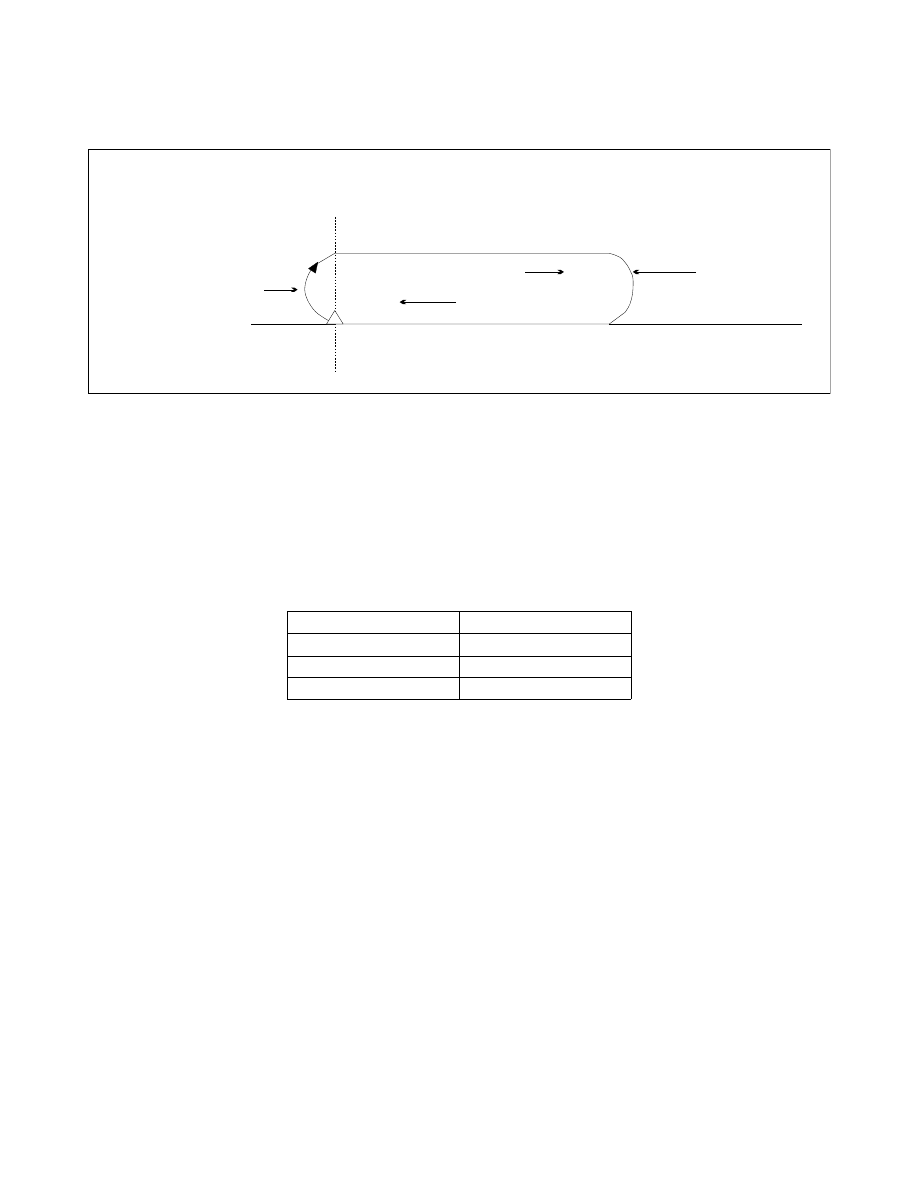
4/20/23
AIM
the departure runway to the MVA/MIA (or higher). ATC will not assign an altitude below the MVA/MIA within
a DVA. At locations that have a DVA, ATC is not permitted to utilize a SID and DVA concurrently.
(a)
The existence of a DVA will be noted in the Takeoff Minimums and Obstacle Departure Procedure
section of the U.S. Terminal Procedures Publication (TPP). The Takeoff Departure procedure will be listed first,
followed by any applicable DVA.
EXAMPLE
−
DIVERSE VECTOR AREA (RADAR VECTORS)
AMDT 1 14289 (FAA)
Rwy 6R
, headings as assigned by ATC; requires minimum climb of 290’ per NM to 400.
Rwys 6L, 7L, 7R, 24R, 25R
, headings as assigned by ATC.
(b)
Pilots should be aware that a published climb gradient greater than the standard 200 FPNM can exist
within a DVA. Pilots should note that the DVA has been assessed for departures which do not follow a specific
ground track.
(c)
ATC may also vector an aircraft off a previously assigned DP. If the aircraft is airborne and established
on a SID or ODP and subsequently vectored off, ATC is responsible for terrain and obstruction clearance. In all
cases, the minimum 200 FPNM climb gradient is assumed.
NOTE
−
As is always the case, when used by the controller during departure, the term “radar contact” should not be interpreted as
relieving pilots of their responsibility to maintain appropriate terrain and obstruction clearance, which may include flying
the obstacle DP.
4.
Pilots must preplan to determine if the aircraft can meet the climb gradient (expressed in feet per nautical
mile) required by the departure procedure or DVA, and be aware that flying at a higher than anticipated ground
speed increases the climb rate requirement in feet per minute. Higher than standard climb gradients are specified
by a note on the departure procedure chart for graphic DPs, or in the Take
−
Off Minimums and (Obstacle)
Departure Procedures section of the U.S. Terminal Procedures booklet for textual ODPs. The required climb
gradient, or higher, must be maintained to the specified altitude or fix, then the standard climb gradient of 200
ft/NM can be resumed. A table for the conversion of climb gradient (feet per nautical mile) to climb rate (feet
per minute), at a given ground speed, is included on the inside of the back cover of the U.S. Terminal Procedures
booklets.
g.
Where are DPs located? DPs and DVAs will be listed by airport in the IFR Takeoff Minimums and
(Obstacle) Departure Procedures Section, Section L, of the Terminal Procedures Publications (TPP). If the DP
is textual, it will be described in TPP Section L
.
SIDs and complex ODPs will be published graphically and
named. The name will be listed by airport name and runway in Section L. Graphic ODPs will also have the term
“(OBSTACLE)” printed in the charted procedure title, differentiating them from SIDs.
1.
An ODP that has been developed solely for obstacle avoidance will be indicated with the symbol “T”
on appropriate Instrument Approach Procedure (IAP) charts and DP charts for that airport. The “T” symbol will
continue to refer users to TPP Section C. In the case of a graphic ODP, the TPP Section C will only contain the
name of the ODP. Since there may be both a textual and a graphic DP, Section C should still be checked for
additional information. The nonstandard takeoff minimums and minimum climb gradients found in TPP Section
C also apply to charted DPs and radar vector departures unless different minimums are specified on the charted
DP. Takeoff minimums and departure procedures apply to all runways unless otherwise specified. New graphic
DPs will have all the information printed on the graphic depiction. As a general rule, ATC will only assign an
ODP from a non
−
towered airport when compliance with the ODP is necessary for aircraft to aircraft separation.
Pilots may use the ODP to help ensure separation from terrain and obstacles.
h.
Responsibilities
1.
Each pilot, prior to departing an airport on an IFR flight should:
(a)
Consider the type of terrain and other obstacles on or in the vicinity of the departure airport;
Departure Procedures
5
−
2
−
11